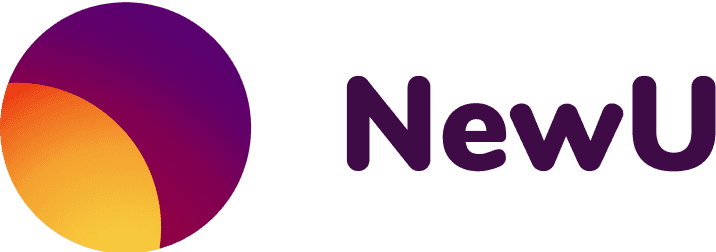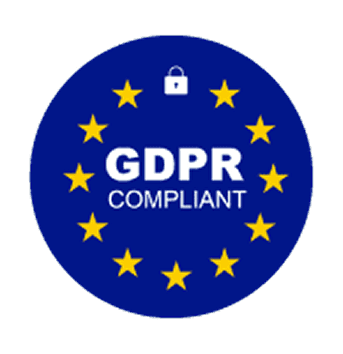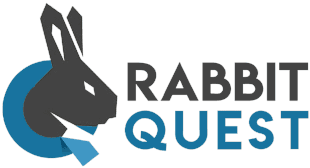You won't get a six-pack in 30 days 🏋️
Want to start a new initiative and were thinking of a short, quick and effective plan? Very logical when every employee is busy, but perhaps less effective than it seems. As we all know, improving health and vitality is about months and never weeks. After all, you don't get a six-pack in 30 days, either. Based on our experience, we have prepared three questions for you below to make sure your vitality initiative has a good long-term focus.
Time to read: 5 minutes
What is the main goal you want to achieve with the initiative? 🎯
Do you notice that your vitality initiative is mainly focused on one short-term health goal? We hear many enthusiastic stories of HR managers developing a recipe book and then building it into continuing to share photos of a healthy lunch. A six-month plan can be broken down into monthly initiatives that include a recipe book, taking turns preparing a lunch or sharing a photo of a meal together for a month. Consider how to break down the main goal of your vitality initiative into a long-term plan. For example, an HR manager could start with a recipe book for healthy lunches and expand this by organising a workshop every month where employees present and discuss their healthy dishes. This creates ongoing engagement and ensures that a focus on health and vitality becomes a permanent part of the work culture.
Organise a weekly sports activity.
Another good example is organising a weekly sports activity, such as a company yoga session. Instead of doing this one-off, an HR manager can set up a schedule where a yoga session is held at a fixed time every week. To increase engagement, the manager can ask different employees to take turns leading the session or invite a guest teacher. This ensures that yoga becomes a regular part of the working week, and employees will see this as a structural improvement in their well-being.
Is time set aside for milestones that can be celebrated 🎉
Everyone, including top athletes, has challenging moments. It is, therefore, of extra importance to make room within your vitality initiative for intermediate goals so that milestones can also be celebrated as individuals or as a team together. Celebrating milestones is like celebrating your progress! It not only gives a positive boost but also shows how far you have come in your journey towards growth and change. Suppose you have set up a walking initiative that requires employees to take a certain number of steps every day. Then, plan a joint walk or small event at the end of each month to celebrate the goals achieved. This motivates employees to keep going and creates a sense of belonging.
Choose prizes that suit your initiative.
You can also think of a challenge in which employees have to drink a certain amount of water every month. To celebrate, the HR manager can award a small prize each month to employees who have achieved their goals, such as a personalised water bottle or a healthy snack pack. Recognising and celebrating employees' progress encourages them to keep going and makes them feel appreciated for their efforts. This creates a positive atmosphere and encourages others to participate actively in the initiative.
Within what time do you expect someone who is never concerned with health to achieve this goal? ⏱️
Out of enthusiasm, it is very tempting to start an ambitious initiative for motivated employees. To get all employees on board, it is important to also consider colleagues who are boarding at a different level. Put yourself in the shoes of a colleague who has never been concerned with health, and try to think about your vitality initiative with that in mind. Ask yourself if, as this person, you get motivated by the current goal, intensity and time commitment of your initiative or this moment and adjust accordingly. For example, an HR manager might start a health programme with simple goals, such as drinking an extra glass of water daily or a short morning stretch. As employees get used to these small changes, the goals can be gradually expanded to more challenging activities.
Support with short descriptions and videos
Another idea is to start a low-threshold fitness programme with a daily five-minute workout that is easy to follow. The HR manager can share a video or short description of the exercises each day through internal communication channels. Once employees get used to this daily routine, the exercises can be gradually expanded to longer and more intense sessions. This helps employees slowly but surely improve their fitness levels without feeling overwhelmed by overly ambitious goals.
Are time and space set aside for a reflection or adjustment moment?🗓️
Suppose you have an achievable and interesting goal that many employees get excited about. Take, for example, the idea of walking together at lunch. At first, it went great, but fewer and fewer colleagues joined due to unexpected circumstances. With reflection and adjustment moments, you can adjust a plan early on to one with a margin for unexpected circumstances so that you can achieve the goal together with certainty. Plan these in advance. For example, an HR manager could schedule a feedback session every month in which employees share their experiences and make suggestions for improvement. This allows the initiative to be adjusted based on employees' needs and feedback, increasing the chances of success.
Send anonymous surveys regularly.
In addition, an HR manager could regularly distribute an anonymous survey to gather feedback on the progress and effectiveness of the vitality initiative. Through these surveys, insights can be gained on which aspects are working well and which need to be adjusted. Based on this feedback, activities and goals can be adjusted to better meet the needs of employees. This ensures that the programme continuously improves and remains relevant for everyone.
Key insights
A short-term vitality initiative can be turned into a long-term plan with more monthly goals. Within your vitality initiative, intermediate goals should provide milestones that give extra motivation. Make a (modified) plan that is achievable even for a beginner within time. With planned moments of reflection and adjustment, you can look back on pitfalls and adjust the initiative early on to a plan that fits better.
Integrating this approach into your vitality programme ensures that it not only provides a temporary boost but also brings about a sustainable and positive change in the work culture. The long-term focus helps create lasting habits that contribute to the health and vitality of all employees. By establishing a set structure and regular moments of reflection, HR managers can ensure that their initiatives are not only impactful but also permanent and adaptable to the changing needs of employees.




